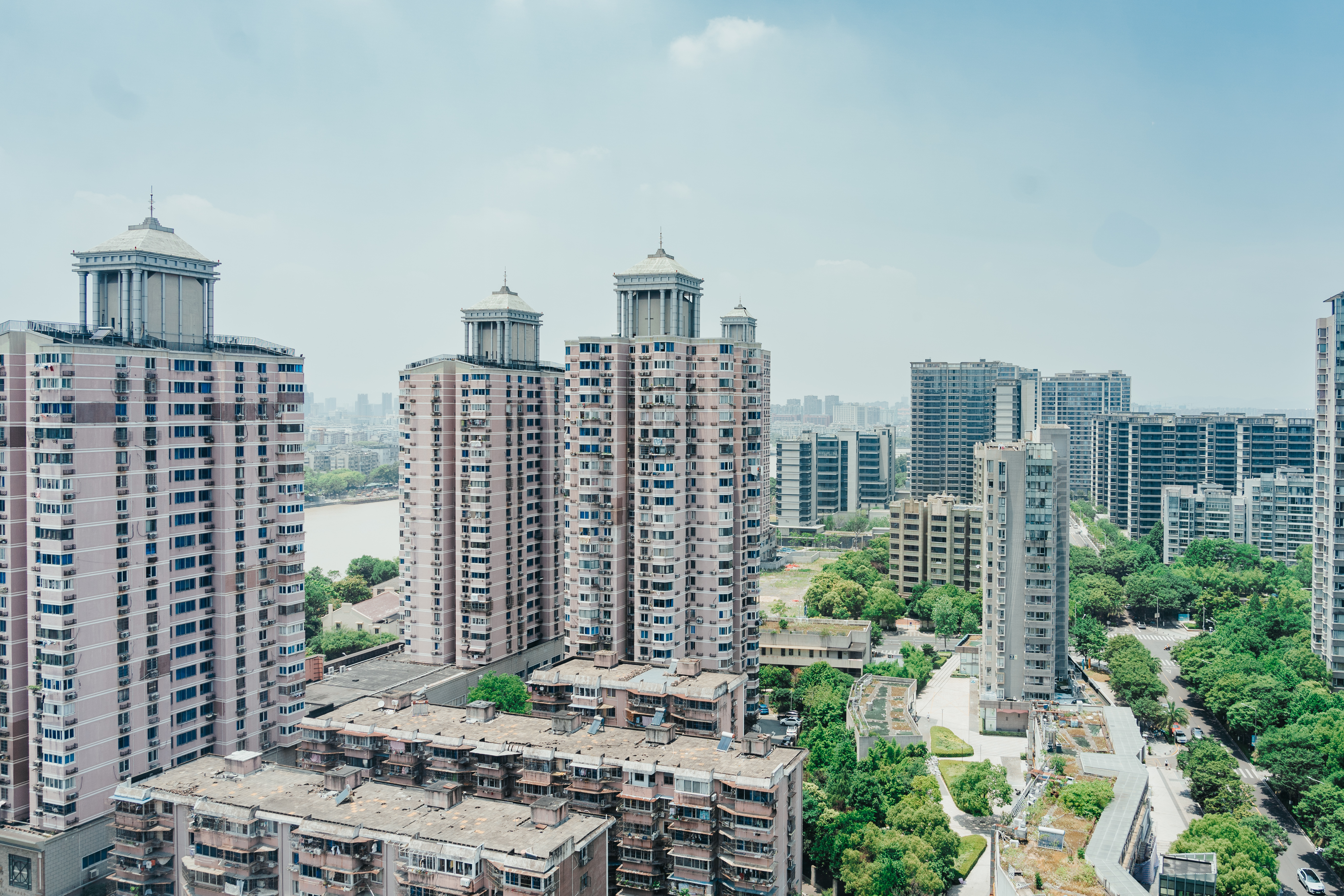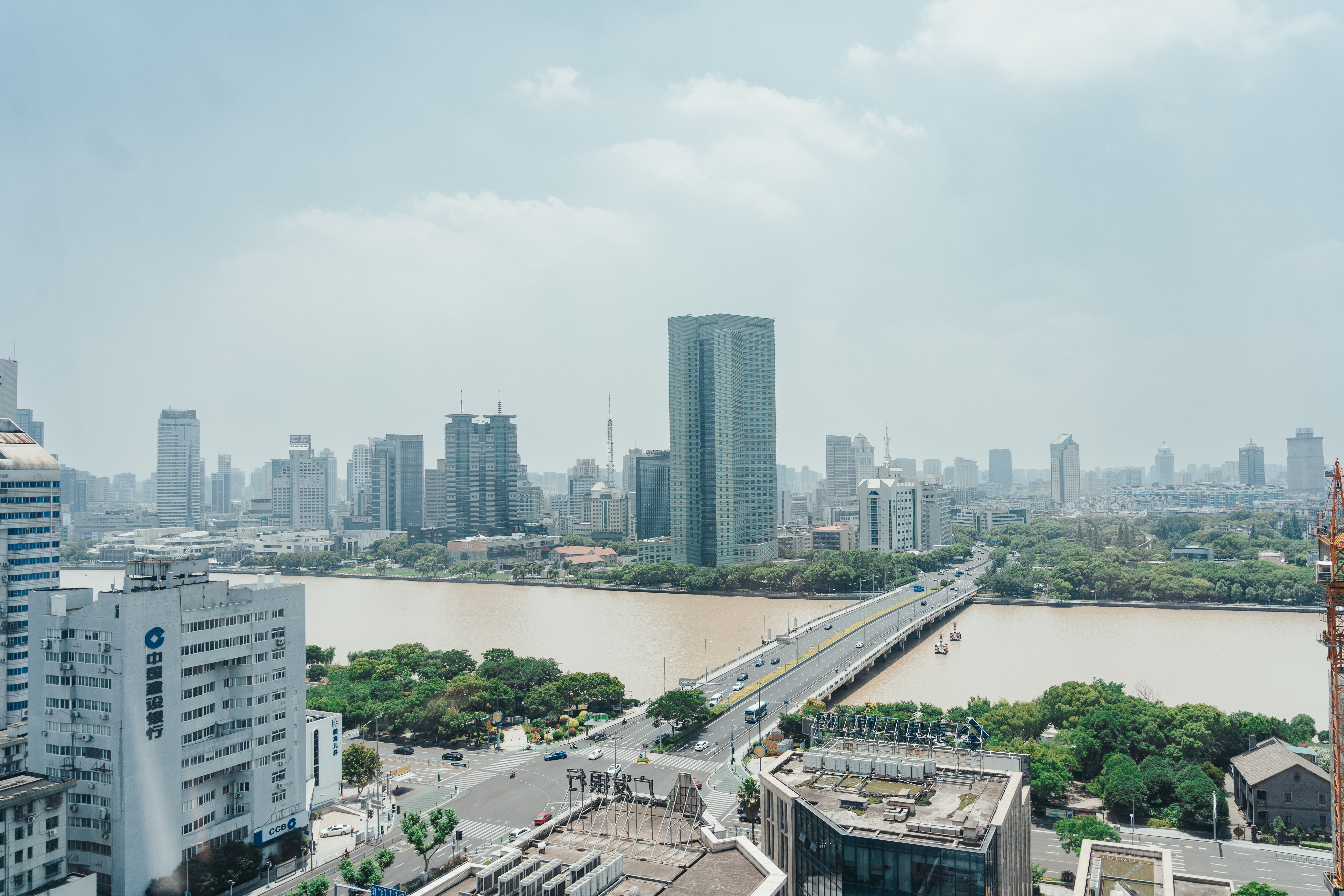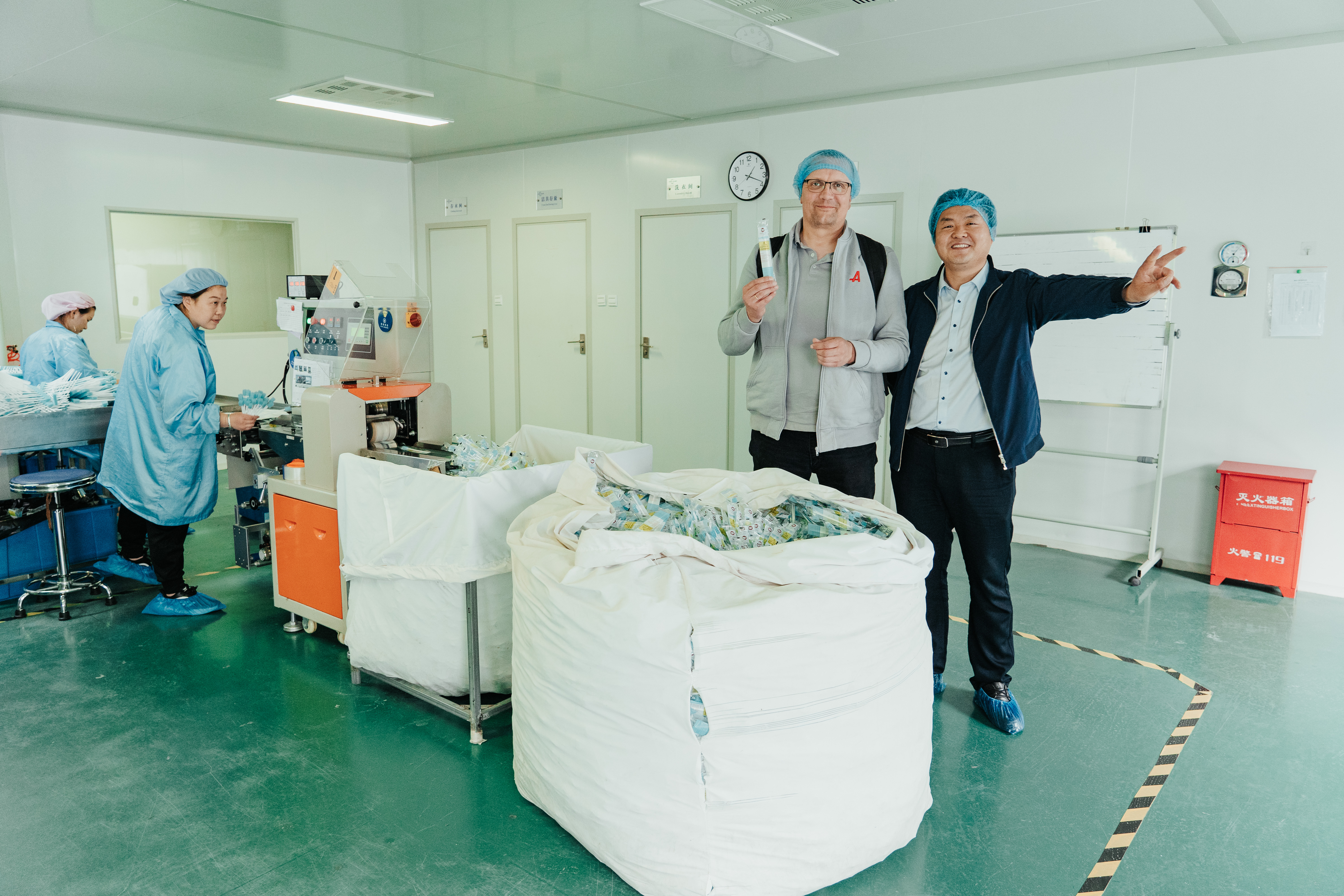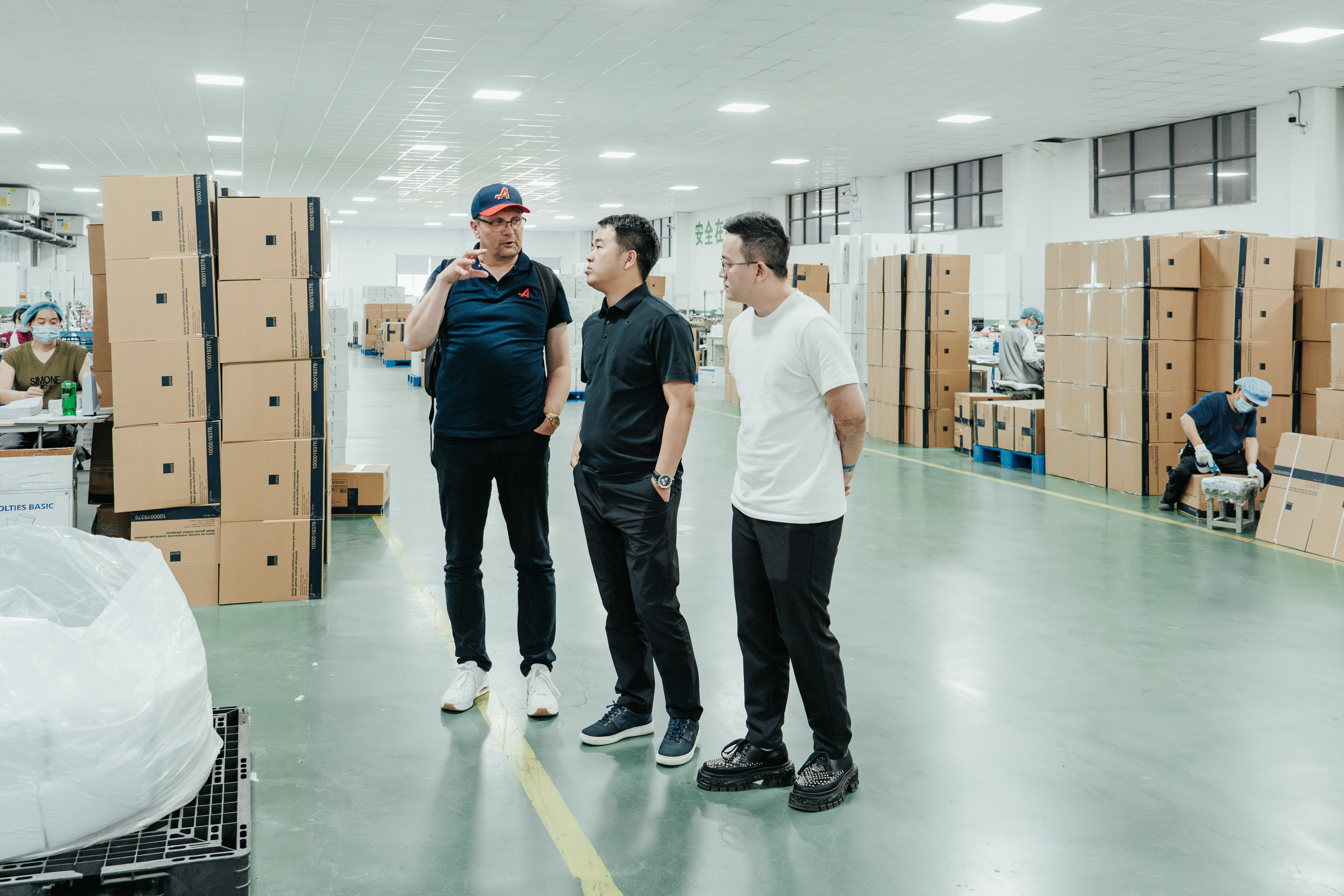
News from China
AMPri visits the Far East
Travelogue by Marcus Dehning, Product Manager/Strategic Buyer at AMPri

Having not set foot in China since 2019 due to the pandemic, it was a goal of mine this year to finally rekindle in-person connections with our business partners and yield tangible results. This narrative recounts my remarkable journey, capturing the contrasts between the Western and Eastern worlds, the challenges encountered, and the observed developments. The anticipation was high - after all, it had been four long years since my last visit. Even before the pandemic, China's rapid development was striking, and my curiosity was piqued about what changes awaited me. However, there was one major obstacle to overcome: getting into the country, an adventure unto itself.
My voyage to China began with the application and processing of a visa, a process that a few years ago took roughly two weeks but has now been made even longer by the Chinese.
- Declaring your itinerary, including the contact details of accompanying persons.
- Naming all provinces and cities you plan to visit.
- Providing details of all hotel bookings.

During the application process, fingerprints are required to be submitted in person at a visa office, purportedly to be stored on the passport. The visa processing time has thus doubled, now taking a full four weeks. The application itself spans ten pages, requesting private information such as addresses, number of children, etc. To a citizen accustomed to GDPR, this is slightly disconcerting.
Once the visa arrives, the joy of traveling is anewed. After a lengthy flight, I landed at Shanghai Pudong. Fingerprint scanning, a familiar process, remained intact despite my passport storing my fingerprints. Some travellers assumed they could bypass this step, but the printed confirmation was checked and collected at passport control. Those without confirmation were ushered back to the scanning machine. I also had to submit a self-disclosure form, uploaded no more than 48 hours prior, along with a photograph of a negative COVID test result.
Two hours after landing, I had finally passed immigration control. My suitcases had long grown bored on the conveyor belt,eventually ending up in some obscure corner. It wasn't just my luggage which found itself in such a predicament – along with other fellow travellers, I found solace in the mutual predicament and lifelong friendships were formed in the process.
Over my 14-day trip, I visited 21 production s, ites, lodged in eight different hotels, and covered countless kilometers by various modes of transportation. A standout observation was the ubiquity of internet coverage, even in rural areas. As all payments, like tolls, are made digitally, gaps in coverage would be counterproductive. The Chinese system leaves little room for protests or environmental considerations, and surveillance cameras dot every corner, supposedly enhancing the "sense of security."


In the past 4 years, despite the presence of the pandemic, the country has continued to progress. Well-known production facilities have been completely modernized, with new constructions and expansions taking place, and investments made in modern technology. These investments were made possible because all factories experienced tremendous profits during the COVID-19 pandemic. Naturally, the demands of the Western world regarding environmental protection and sustainability in Chinese factories are also heard. These concerns are generally addressed in every conversation, and allegedly, the government plans to support the industry in transitioning more and more to solar and wind energy in the coming years. Currently, many factories rely on subsidized coal for their energy needs. The Chinese government is aware that this is not well-received by the "rest of the world" and has taken measures to install solar panels on the roofs of many industrial facilities and partially on private homes. These solar panels are likely to be subsidized as well, and it is questionable whether they are actually being utilized. In comparison to Germany, there are more electric vehicles on the streets, and the infrastructure for charging stations for electric cars is almost fully developed. Chinese citizens who cannot afford cars are now turning to electric scooters, which can be seen in abundance on the streets. Sustainability is emphasized in daily life to showcase the importance of this issue for China to the outside world.
Tourists in China are still relatively scarce. European customers hesitate to travel to China, as shared by the factories. Considering the complicated visa application process, this is not surprising. Additionally, the current situation with COVID-19 remains unclear. If we are to believe various media reports, there are currently around 40 million new infections per week. By the end of June, this number is expected to rise to approximately 60 million new infections per week, alongside an ongoing flu epidemic. Nevertheless, no lockdowns are being implemented, and consequently, no closures of production facilities are taking place. In China itself, similar to here, there is no longer any mention or visible signs of COVID-19.
Ultimately, it was a positive journey filled with new experiences and insights. The departure went smoothly, albeit with a little scare. The online self-declaration had to be filled out again, this time without the COVID-19 rapid test result, which I decided to take as a precautionary measure since a colleague I was traveling with had a positive result. No worries though, he didn't infect me.
I am looking forward to my next trip to China.Marcus Dehning
Product Management/Strategic Purchasing, AMPri













